The lymphatic system is often referred to as the “river of life” as it flows with nutrients and substances that bathe our cells and flood the interstitial spaces under our skin. This vital system is key to sustaining homeostasis throughout our bodies, working silently and consistently to maintain fluid balance while serving as a main pathway for eliminating toxins via our lymph nodes.
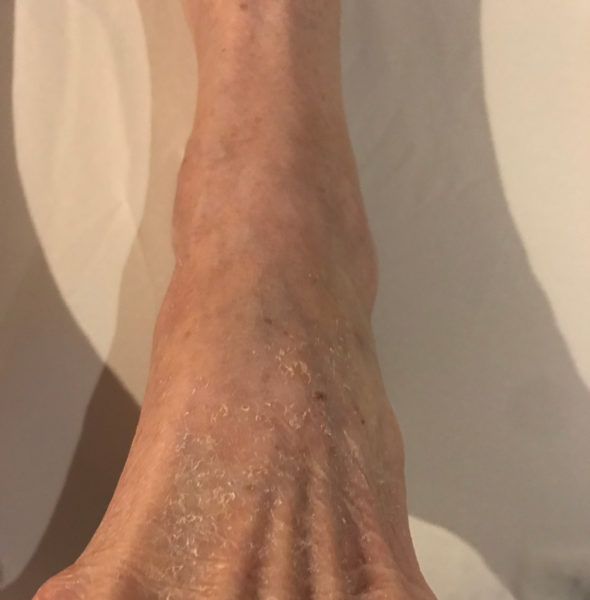
This sprained ankle demonstrates swelling and bruising
The lymphatic system is an essential part of our immune system as it is the primary reservoir of white blood cells. Thus, a compromised lymphatic system can result in chronic diseases and increased pain which can negatively affect our quality of life and limit daily activities.
When the congestion of lymph occurs, it can also impair healthy circulation and nerve conduction. It is critical that the lymphatic system is stimulated so that the flow of lymph can improve compromised areas and the entire body.
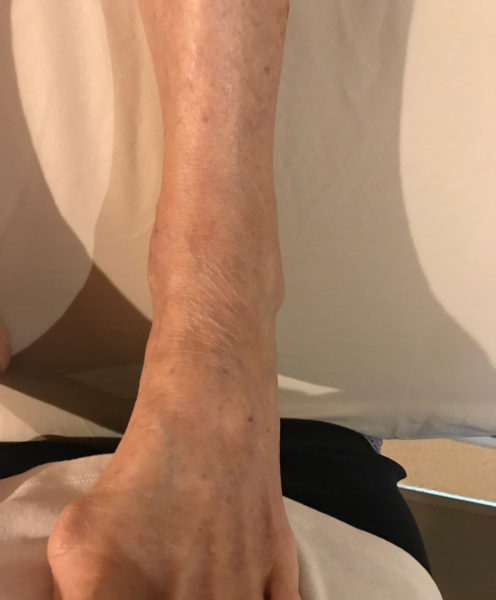
Symptoms are significantly reduced and client reports less pain and increased range of motion after (1) one-hour manual lymph drainage session.
The origins and effects of the lymphatic system have been studied for centuries. As far back as 1647, the cisterna chyli, a lymph depository in the abdomen, was identified; the lymph vessel system was discovered shortly thereafter. In the early 20th century, Danish doctors Emil and Estrid Vodder pioneered the specialty of medicine called “lymphology.” They noticed that patients with chronic colds often had swollen lymph nodes and that gentle massage could reduce swelling and aid in recovery. Since there is no pumping mechanism for the lymphatic system, it relies in part on muscle and joint movement to function. The Vodders dedicated their work to developing specific massage techniques using intuition and practical experience and called the treatment manual lymph drainage (MLD) therapy.
The strokes applied in the Vodder’s MLD method are intended to stimulate the movement of the lymphatic fluids in order to assist the body in cleansing. It’s a gentle, rhythmical technique that cleanses the connective tissue of inflammatory materials and toxins, enhances the activity of the immune system, reduces pain, and lowers the activity of the sympathetic nervous system. There are no lotions or oils used in these treatments.
MLD can improve many conditions. Because of the gentle nature of the touch (about the weight of a nickel), it can even be applied a day after most surgeries to help reduce swelling and bruising while assisting in faster, healthier recovery. Positive results have been seen with cosmetic surgery, pre- and post- orthopedic procedures and post breast cancer treatments, as well as with primary and secondary lymphedema and non-infected inflammatory conditions such as sprains and strains.
Leah Wiltgen is a licensed massage therapist with certification from the Dr. Vodder International Academy of Manual Lymph Drainage and can be reached at (760) 449.7855 or leahwiltgenmld@gmail.com.
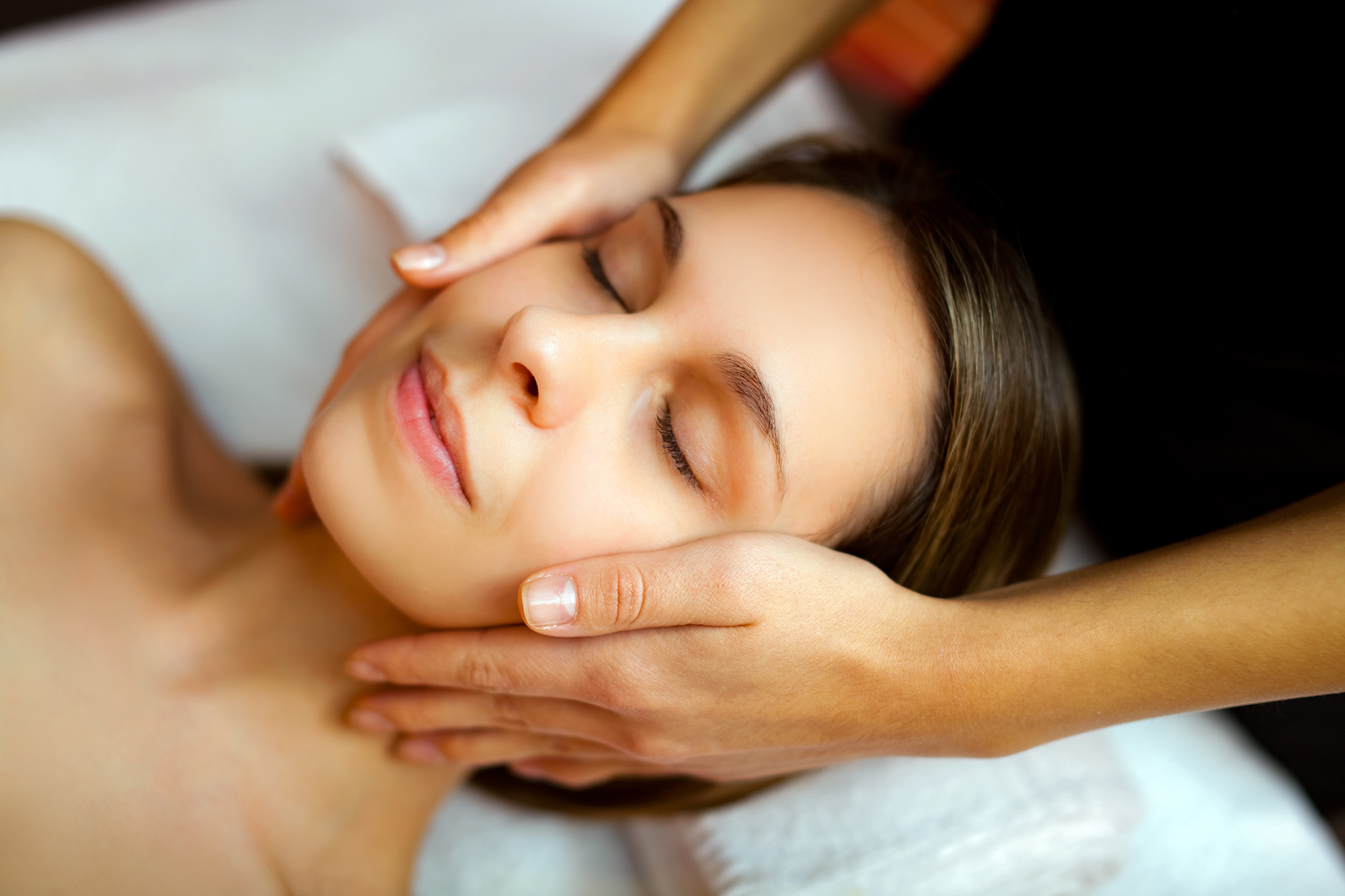





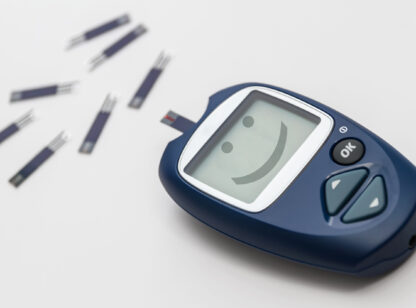
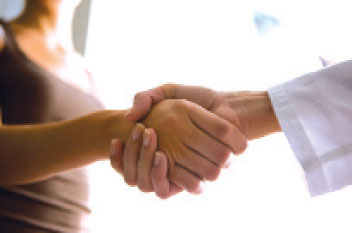


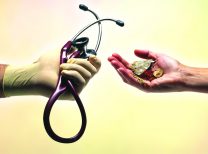






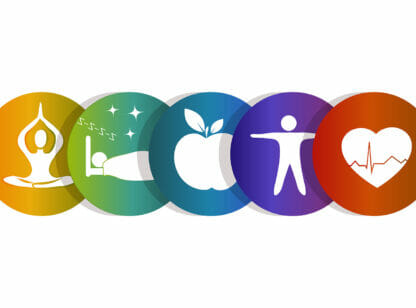




























Comments (0)